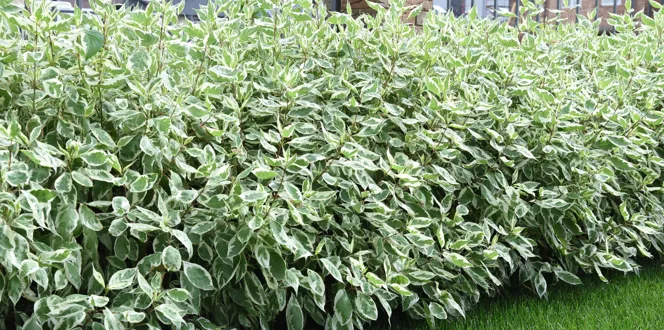You’re ready. You asked yourself all the right questions about what tree is best for you. You ventured out and hand-selected the perfect tree and found just the right place to plant it.
Now, you just need to know how to plant a tree. Let’s do this! Whether you’re planting a balled and burlap tree, a container-grown tree or a tree sapling, find step-by-step planting instructions below.
How to Plant a Potted Tree, Tree Seedling or Tree Wrapped in Burlap (Steps)
Before you begin, read these tree planting tips.
Plant your new tree as soon as you can to set your tree up for its best chance of survival. Otherwise, place it in a cool, dark place that’s away from wind and direct sunlight, and keep the soil damp.
Before you begin digging, contact your utility or gas company to make sure there are no pipes or wires there. In many states, this is required by law.
Pay extra-close attention when positioning the tree depth around the root flare. Planting the root flare too deep is the biggest tree planting mistake! Sometimes, you may have to partially remove the soil from the top of the container or root ball to even find the flare.
How long does it take to plant a tree?
Generally, a sapling can be planted in 15 to 30 minutes while container-grown or burlap trees take an hour to plant.
How do you plant a tree wrapped in burlap?

To move your tree, roll it or hold it by the root ball– never the trunk or branches.
Dig a saucer-shaped hole as deep as the root ball and at least twice as wide.
Position your tree, so the area where the roots meet the trunk is at or slightly above the ground. That’s called the root flare. The biggest mistake we see is people planting new trees too deep. Also, make sure the ground beneath the root ball is solid beneath the root ball so that the tree doesn’t settle lower because of its own weight.
Cut the twine and remove the burlap around the base of the trunk and the top of the root ball. It’s hard to tell the difference between synthetic and organic, and sometimes even organic burlap doesn’t decompose properly.
Then, if there's a wire cage, remove at least the upper third of it.
Hold the tree upright and refill the hole with the soil you just removed. If the soil is lumpy, break it up a little before placing back in the hole. Then, pack it down to get rid of any air pockets. Add water as you backfill.
Add 2 to 3 inches of organic mulch to the edge of the tree's canopy. Then, water again.
If your tree has a small root ball and seems to be top-heavy, stake it to provide enough support. Remove it after a year.
How to Plant a Potted Tree and Tips for Planting Trees in Pots in the Ground
An hour before you plant, water the tree to reduce transplant shock and make it easier to remove from the container.
When moving the tree, grab and hold by the container–never the trunk or branches.
Dig a saucer-shaped hole as deep as the container and 2 to 3 times as wide.
To remove the tree from its planter, place it on its side. Because you just watered it, the tree should easily slide out when you tap the bottom of the container. If needed, tilt. Just be sure to support the trunk!
Cut off any roots that are squishy or dead. If the roots look tangled, make several vertical cuts in the sides of the root ball and an X-shape cut in the bottom to loosen the roots. Straighten any roots that are circling the margins of the container as best you can. If the roots are much larger than when you first measured, see if you need to make the planting hole bigger.
Position your tree, so the area where the roots meet the trunk is at or slightly above the ground. That’s called the root flare.
Hold the tree upright, and refill the hole with the soil you just removed. Pack the soil to get rid of any air pockets.
Add 2 to 3 inches of organic mulch, and water.
How to Plant Tree Seedlings Outside (Process of Planting a Sapling)
Handle the sapling very carefully. It's very easy to cause root damage or accidentally break the sapling.
Dig a saucer-shaped hole as deep as the tree's roots system and 3 to 4 times as wide.
Remove any organic matter, like leaves or twigs, from the hole.
Position your tree, so the area where the roots meet the trunk is at or slightly above the ground. That’s called the root flare.
Hold the sapling upright, and refill the hole with the soil you just removed. Pack to get rid of any air pockets.
Add 2 to 3 inches of organic mulch, and water.





